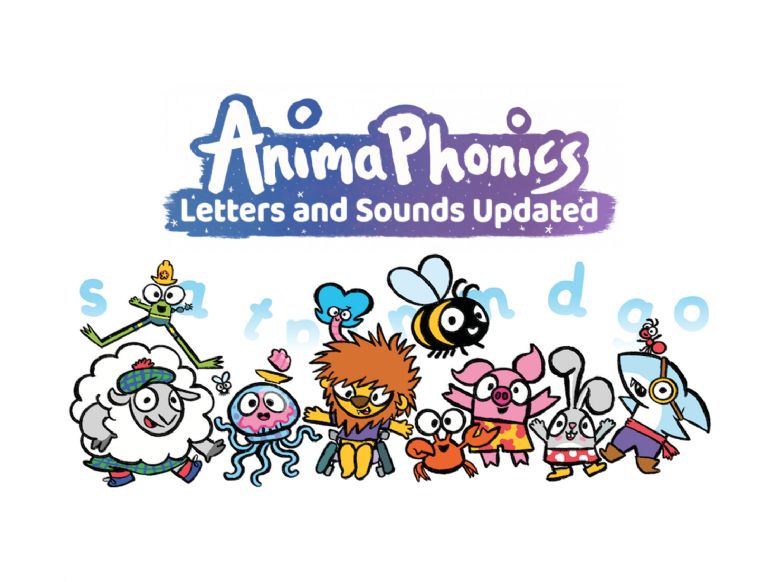
Information for Parents/Carers
What is Phonics?
Phonics is a way of teaching children to read quickly and skilfully. They are taught how to:
- recognise the sounds that each individual letter makes;
- identify the sounds that different combinations of letters make such as /sh/ or /ee/;
- blend these sounds together from left to right to make a word.
Children can then use this knowledge to ‘decode’ new words that they hear or see. This is the first important step in learning to read.
Why Phonics?
Research shows that when phonics is taught in a structured way – starting with the easiest sounds and progressing through to the most complex – it is the most effective way of teaching young children to read. It is particularly helpful for children aged 5 to 7.
Almost all children who receive good teaching of phonics will learn the skills they need to tackle new words. They can then go on to read any kind of text fluently and confidently, and to read for enjoyment.
Children who have been taught phonics also tend to read more accurately than those taught using other methods, such as ‘look and say’. This includes children who find learning to read difficult, for example those who have dyslexia.
(The information above is directly from the Department of Education’s ‘Learning to read through phonics: information for parents’ document.)
Phonics Terminology
Phoneme - A phoneme is the smallest unit of sound in a word. It is generally accepted that most varieties of spoken English use about 44 phonemes.
Grapheme - A grapheme is a letter or group of letters representing a sound.
Oral Blending - Hearing a series of spoken sounds (phonemes) and merging them together to make a spoken word. No text is used.
Blending - Merging the individual phonemes together to read a word.
Segmenting - Consists of breaking words down into phonemes to spell.
Digraph - This is when two letters come together to make a phoneme. For example, /oa/ makes the sound in ‘boat’ and is also known as a vowel digraph. There are also consonant digraphs, for example, /sh/ for ship and /ch/ for chick.
Trigraph - This is when three letters come together to make one phoneme, for example, /igh/ for night.
Split Digraph - A digraph in which the two letters are not adjacent – e.g. make, bone. (This used to be known as ‘magic e’ but this phrase should not be used now.)
Homographs - Words that have the same spelling but differ in meaning and pronunciation, for example, a row of chairs or a row like an argument.
Homophones - Words with common pronunciations but different spellings, for example, to / two / too or there / their.
Syllable - One or more letters representing a unit of spoken language consisting of a single uninterrupted sound.
Polysyllabic word - A word containing more than one syllable.
Adjacent Consonant - Two consonants next to each other in a word, for example, trip or bend. These used to be known as ‘blends’ but must not be now. They need to be taught as separate sounds.
Phonics at Home
Tips for teaching your child the phonemes (sounds):
- It is important for a child to learn lower case or small letters rather than capital letters at first. Most early books and games use lower case letters and your child will learn these first at school. Obviously, you should use a capital letter when required, such as at the beginning of the child's name, e.g. Paul.
- When you talk about letters to your child, remember to use the letter sounds: a buh cuh duh ... rather than the alphabet names of the letters: ay bee see dee ee. The reason for this is that sounding out words is practically impossible if you use the alphabet names. For example, cat would sound like ‘see ay tee’ which does not sound like ‘cat’.
- When saying the sounds of b, d, g, j and w you will notice the 'uh' sound which follows each, for example buh, duh... You cannot say the sound without it, however, try to emphasise the main letter sound.
There are a number of things that parents/carers can do to support early reading development:
- Let your child see you enjoying reading yourself.
- Immerse your child in a love of reading.
- Make time for your child to read their book to you.
- With all books, encourage your child to ‘sound out’ unfamiliar words and then blend from left to right rather than looking at pictures to guess the word.
- Regularly go over the phonemes (sounds) with your child so you can support them with the ones they struggle with.
One of the key strategies we use to support the children is by asking them to add sound buttons/lines underneath words to help them identify the sounds they need to read, for example:
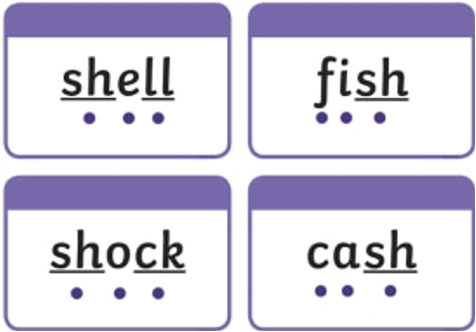
You can make this fun by using different writing materials like paint, crayons, felt tips as well as tracing the word on glitter or sand trays.
Phonic Actions
To support children learning new sounds, we give each sound an action.
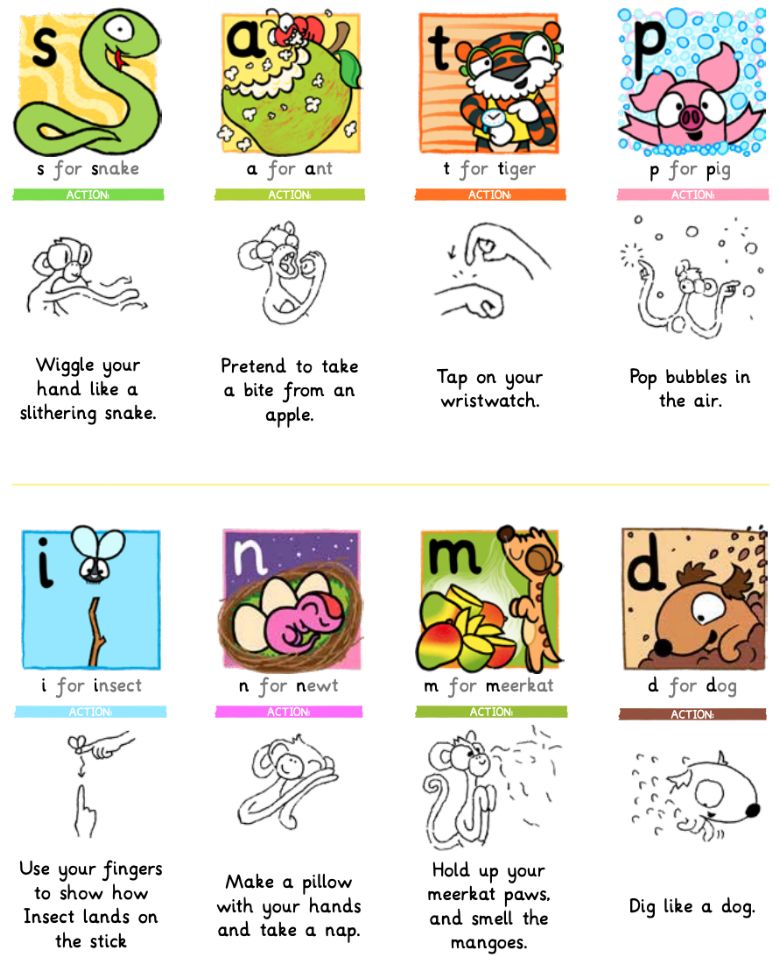
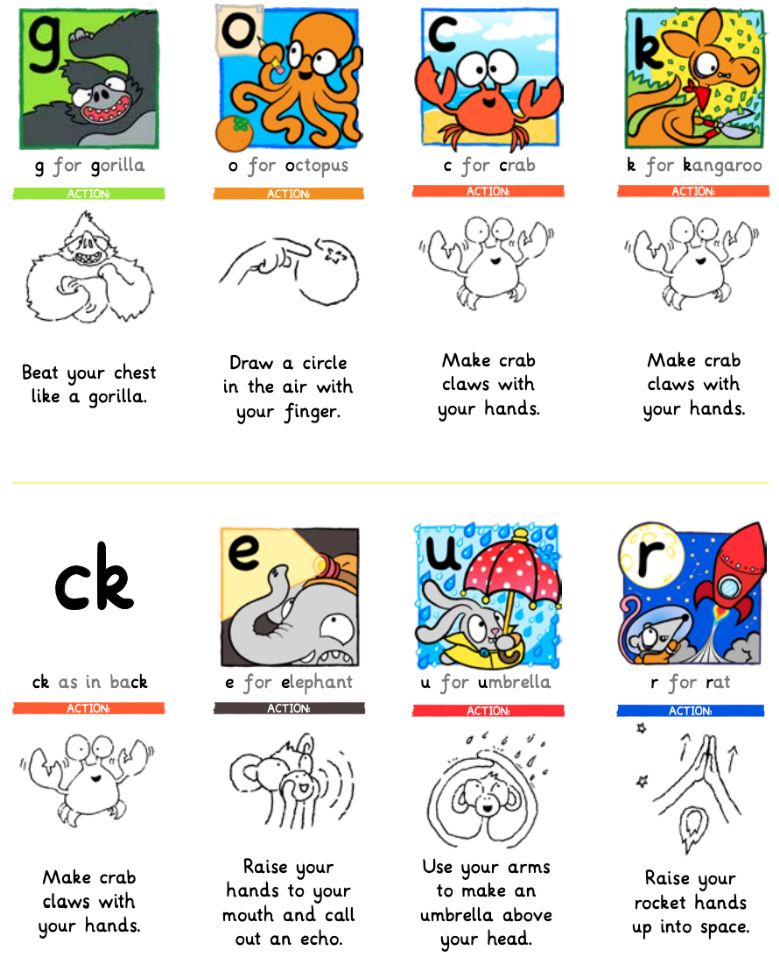
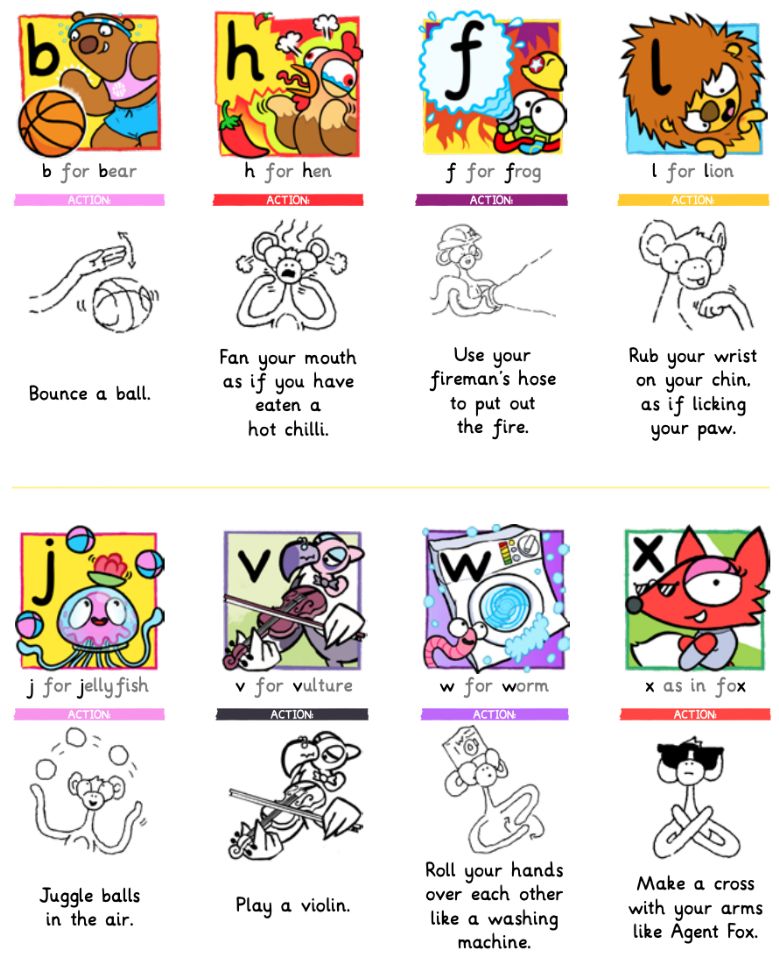

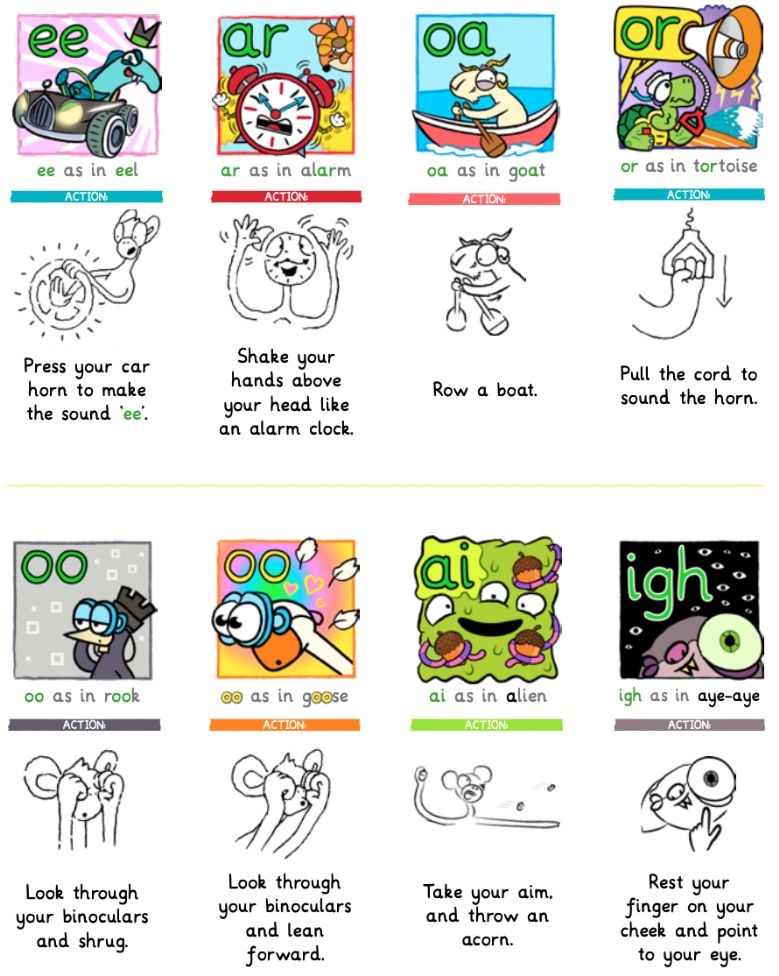
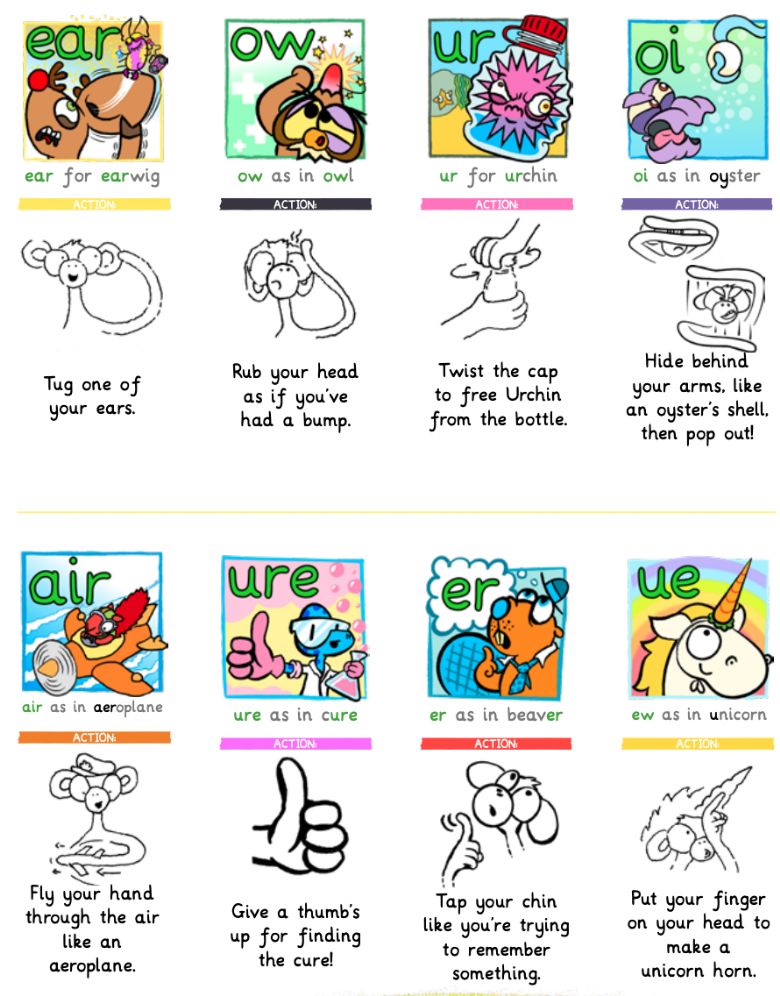
Useful Websites
The following websites will help you support your child at home with their phonics (most of them are free):
https://www.animaphonics.com/ - Our school phonics scheme.
https://www.readwithfonics.com/ - Contains excellent videos and further guidance.
http://www.phonicsplay.co.uk/ - Contains free games for children to read real and pseudo words. Go to the Parents section and click on Interactive Games.
https://www.youtube.com/user/breakthruchris - Contains lots of short videos to help you revise different phonemes with your child.
http://www.letters-and-sounds.com/ - Lots of games to choose from on the left-hand side of the webpage. Please focus on Phase 2, 3 and 4 games on this website.
http://www.familylearning.org.uk/phonics_games.html - Various games to choose from.
http://www.ictgames.co.uk/ - The English section has a range of fun interactive activities.
